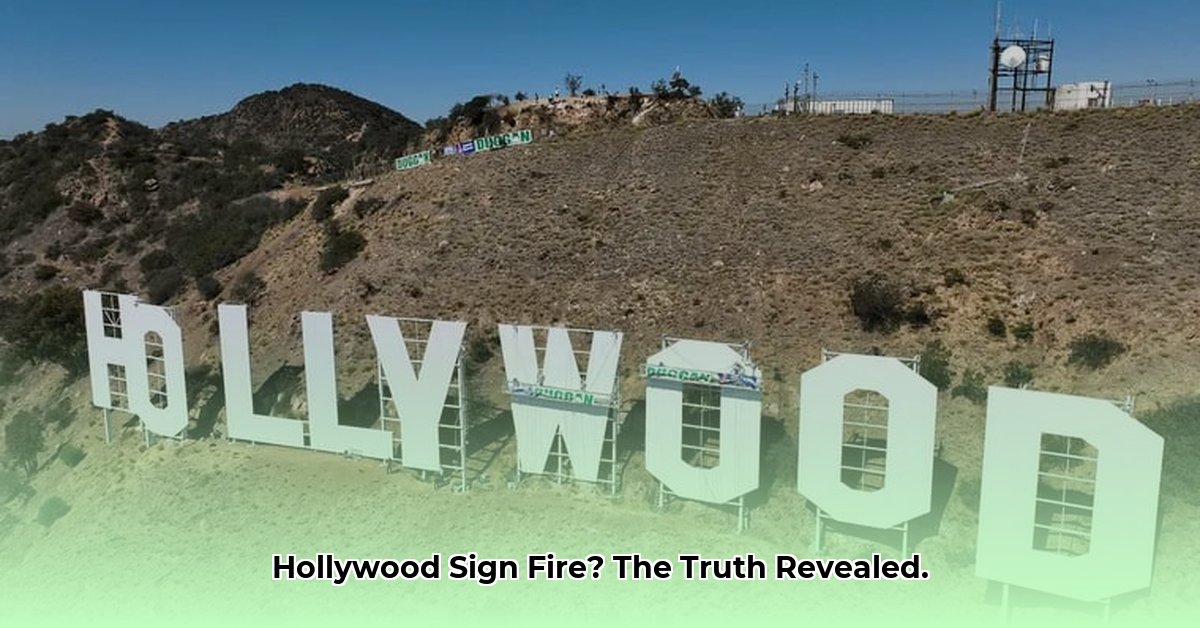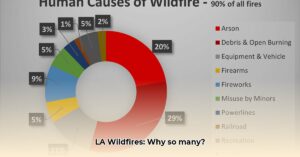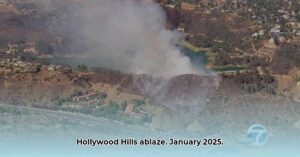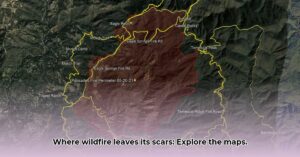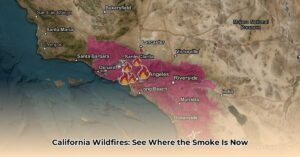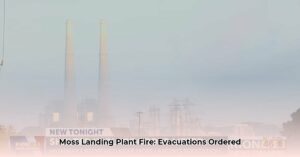The Hollywood Sign did not burn down. Let’s be absolutely clear about that. Images circulating online in January 2025, depicting the iconic landmark in flames, were fake. These AI-generated images coincided with the very real Sunset Fire burning in the Hollywood Hills, creating a perfect storm of misinformation.
The AI-Fueled Firestorm: How the Hoax Ignited
While the Sunset Fire posed a genuine threat to the surrounding area in January 2025, the Hollywood Sign itself remained unscathed. The alarming images spreading on social media were convincingly realistic, but entirely fabricated. These AI-generated visuals likely originated from platforms like Grok, Elon Musk’s xAI image generator, which can create deceptively realistic images from simple text prompts. The timing of these fake images, coinciding with actual wildfires and heightened public anxiety, undoubtedly contributed to their rapid spread.
Putting Out the Digital Flames: Confirmation and Fact-Checking
The Hollywood Sign Trust, responsible for the landmark’s preservation, swiftly debunked the rumors. Jeff Zarrinnam, chairman of the Trust, confirmed the sign’s safety, reassuring a concerned public. Reputable news organizations, including the Los Angeles Times and USA Today, corroborated these statements, publishing articles that exposed the hoax and emphasized the sign’s continued well-being. This quick response from official sources and fact-checkers helped contain the spread of misinformation and reassure those who feared the worst.
Navigating the Digital Inferno: Spotting Fake News and AI-Generated Content
This incident serves as a stark reminder of the challenges we face in the age of AI and readily accessible image manipulation tools. Distinguishing fact from fiction online requires a critical eye and a healthy dose of skepticism. Here’s how to avoid falling prey to digital falsehoods:
- Verify the Source: Look for information from established news organizations and official sources. Be wary of unverified social media posts and accounts.
- Examine the Visuals: Look for inconsistencies in images and videos, such as blurry edges, unnatural textures, or distorted elements. These can be telltale signs of manipulation.
- Cross-Check Information: Consult multiple reputable sources to confirm the validity of information. If something seems too sensational to be true, it probably is.
- Use Reverse Image Search: Tools like Google Images’ reverse image search can help trace the origin of an image and determine if it has been altered or used in different contexts.
- Be Mindful of Context: Consider the surrounding circumstances. Is there a reason someone might want to spread misinformation? During times of crisis or heightened emotion, misinformation is more likely to proliferate.
The Bigger Picture: AI, Misinformation, and the Future of Truth
The Hollywood Sign hoax is not just an isolated incident; it represents a growing concern about the potential for AI-generated content to spread misinformation. As these technologies become increasingly sophisticated, it will become even more challenging to distinguish real images and videos from fabricated ones. This raises important questions about the future of online information and the need for improved media literacy skills. Ongoing research is crucial to understand how misinformation spreads and to develop effective strategies for combating it.
The Hollywood Sign: A Symbol of Resilience in the Digital Age
While the digital flames of misinformation briefly threatened its image, the Hollywood Sign stands as a symbol of resilience. This incident underscores the importance of critical thinking, fact-checking, and responsible information sharing in our increasingly digital world. By remaining vigilant and informed, we can help protect the truth and navigate the complexities of the online landscape.

